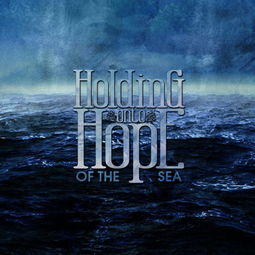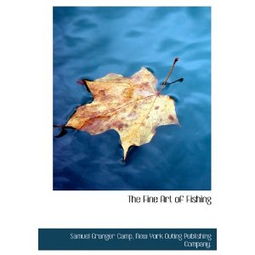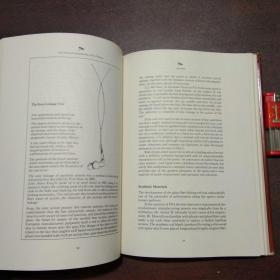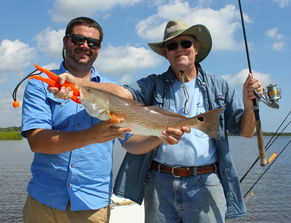Introduction:
For many anglers, the thrill of fishing lies not just in the activity itself but in the challenge of reeling in a big catch. Whether you're a seasoned fisherman or a beginner looking to elevate your fishing game, understanding how to attract and catch larger fish can be a game-changer. In this article, we'll delve into the art of catching big fish, providing you with a step-by-step guide, tips, and even a visual guide to help you on your quest for the big one.
Understanding Big Fish Behavior:
Before we dive into the techniques, it's crucial to understand the behavior of big fish. Larger fish often inhabit specific areas, such as deeper waters, structure, or areas with abundant food sources. They are also more cautious and selective in their feeding patterns. Here are some key points to consider:
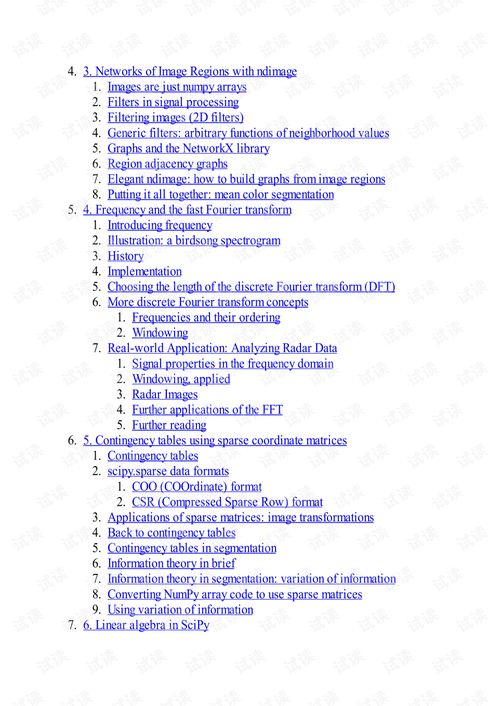
- Habitat: Big fish tend to congregate in areas with plenty of cover, such as rocks, logs, or submerged structures. These areas provide both protection and food.
- Feeding Patterns: Larger fish often feed during low-light conditions, such as dawn and dusk. They are also more likely to feed on larger prey, like smaller fish or baitfish.
- Patience: Catching big fish requires patience. These fish are more cautious and may take longer to bite.
Choosing the Right Gear:
To successfully catch big fish, you need the right gear. Here's a breakdown of the essential equipment:
- Rod and Reel: For big fish, a heavy-duty rod and reel are a must. Look for a rod with a fast action and a reel with a strong drag system.
- Line: Use a monofilament or braided line with a breaking strength that matches the size of the fish you're targeting. For larger fish, a line strength of 20-30 pounds is often sufficient.
- Lures and Baits: Big fish are attracted to larger lures and baits. Live bait, such as minnows or crayfish, can be highly effective, as can large spinnerbaits, crankbaits, or jigs.
Techniques for Catching Big Fish:
Now that you have the right gear, let's explore some techniques to help you catch those big fish:
- Locate the Sweet Spot: Use your knowledge of the fish's habitat to locate prime spots. Look for areas with structure, such as rock piles, drop-offs, or weed beds.
- Work the Cover: Big fish often hide in cover. Cast your lure or bait into these areas and work it slowly, giving the fish time to react.
- Use Live Bait: Live bait can be irresistible to big fish. Use a minnow or crayfish and let it swim naturally, mimicking the movement of real prey.
- Adjust Your Lure Presentation: Experiment with different retrieves, such as a slow roll, a twitch, or a steady retrieve. Pay attention to how the fish react to each presentation.
- Be Patient: Big fish can be slow to bite. Be patient and give the fish time to react to your lure or bait.
Visual Guide to Catching Big Fish:
To help you visualize the techniques, here's a step-by-step guide with images:
Locate Prime Spots:
- [Image: Angler scanning the water's surface for signs of fish activity.]
- [Image: Angler casting towards a rock pile or submerged structure.]
Work the Cover:
- [Image: Angler slowly retrieving a lure through a thick weed bed.]
- [Image: Angler using a cast net to catch live bait.]
Use Live Bait:
- [Image: Angler attaching a minnow to a hook.]
- [Image: Angler casting the live bait into a deep water hole.]
Adjust Your Lure Presentation:
- [Image: Angler twitching a spinnerbait through the water.]
- [Image: Angler rolling a crankbait along the bottom.]
Be Patient:
- [Image: Angler sitting quietly, waiting for a bite.]
- [Image: Angler reeling in a big fish after a long battle.]
Conclusion:
Catching big fish is an art that requires patience, practice, and a good understanding of the fish you're targeting. By using the right gear, employing effective techniques, and being patient, you'll increase your chances of landing that trophy fish. Remember, the thrill of the catch is often in the journey, so enjoy every moment on the water. Happy fishing!

